Home>Furniture & Design>Outdoor Furniture>How To Insulate An Outdoor Tankless Water Heater
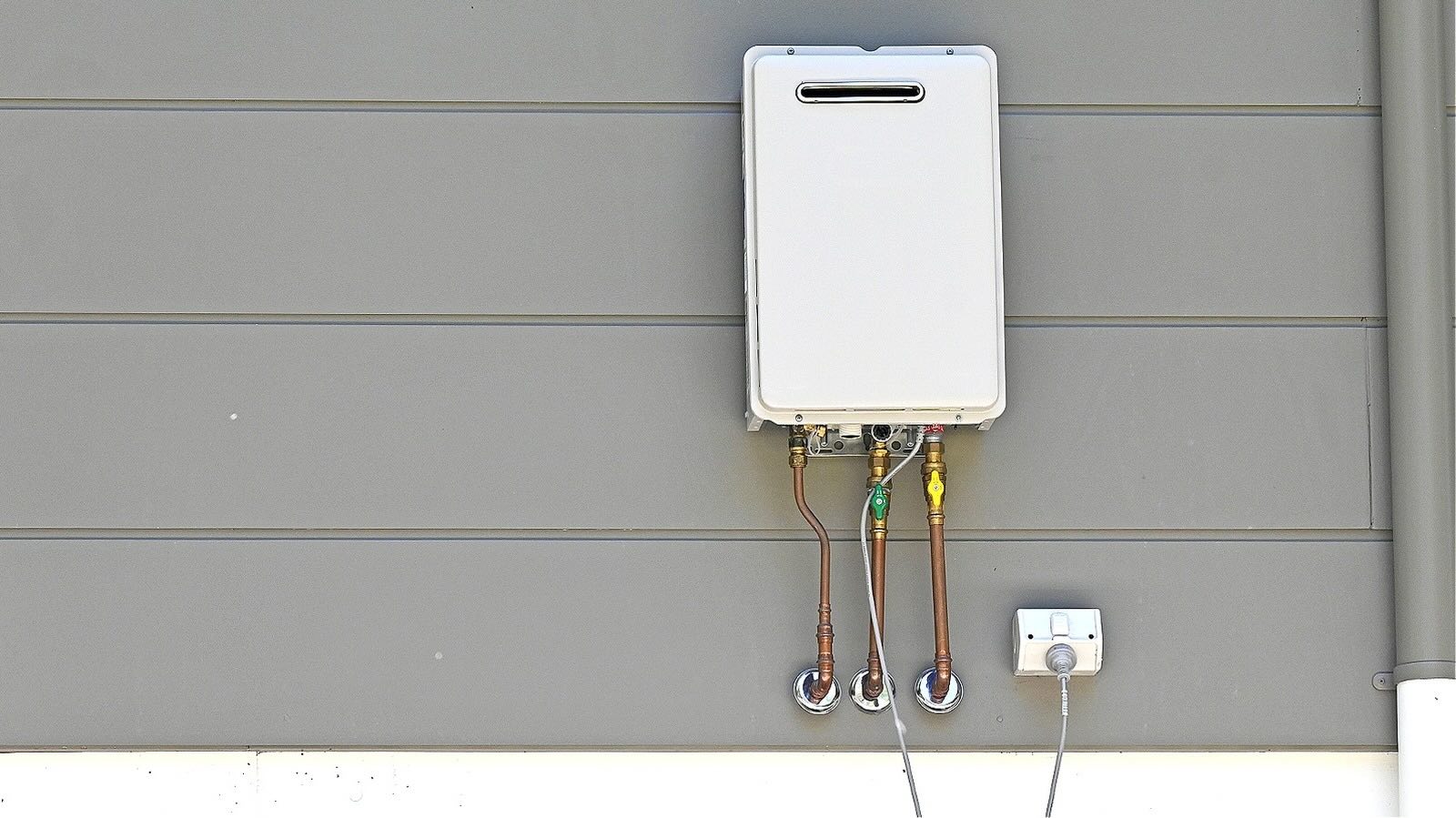

Outdoor Furniture
How To Insulate An Outdoor Tankless Water Heater
Modified: March 23, 2024
Learn how to effectively insulate your outdoor tankless water heater with our expert tips and recommendations. Protect your outdoor furniture and design from the elements.
(Many of the links in this article redirect to a specific reviewed product. Your purchase of these products through affiliate links helps to generate commission for Storables.com, at no extra cost. Learn more)
Introduction
When it comes to enjoying the great outdoors, having an outdoor tankless water heater can significantly enhance your experience. Whether you're camping, spending time in a cabin, or simply relaxing in your backyard, a reliable outdoor tankless water heater ensures that you have a convenient and efficient source of hot water. However, to maximize the performance of your outdoor tankless water heater, proper insulation is essential.
Insulating your outdoor tankless water heater offers several benefits. It helps maintain the temperature of the water inside the unit, conserves energy, and protects the heater from extreme weather conditions. By taking the necessary steps to insulate your outdoor tankless water heater, you can ensure that it continues to operate optimally, regardless of the outdoor environment.
In this comprehensive guide, we will explore the process of insulating an outdoor tankless water heater, from selecting the right insulation material to securing it in place. Whether you're a seasoned outdoor enthusiast or new to the world of outdoor tankless water heaters, this guide will equip you with the knowledge and skills to effectively insulate your unit, allowing you to enjoy hot water whenever and wherever you need it. Let's dive into the details of how to insulate an outdoor tankless water heater for maximum efficiency and performance.
Key Takeaways:
- Keep your outdoor tankless water heater performing optimally by choosing the right insulation material, preparing the unit, and securing the insulation in place. This ensures a reliable source of hot water in any outdoor setting.
- Insulating your outdoor tankless water heater helps conserve energy, maintain water temperature, and protect the unit from outdoor elements. With proper insulation, you can enjoy the convenience of hot water during all your outdoor activities.
Choosing the Right Insulation Material
When it comes to insulating your outdoor tankless water heater, selecting the appropriate insulation material is crucial for achieving optimal results. The chosen material should effectively retain heat, withstand outdoor conditions, and be easy to work with during the installation process. Here are some popular insulation materials to consider:
- Fiberglass Insulation: This type of insulation is widely used for its excellent heat retention properties. It is available in rolls or batts and can be easily cut to fit the specific dimensions of your water heater.
- Foam Board Insulation: Foam boards are lightweight and offer high thermal resistance. They are resistant to moisture and can provide reliable insulation for outdoor applications.
- Spray Foam Insulation: Spray foam insulation expands to fill gaps and crevices, creating a seamless barrier against heat loss. It is ideal for irregularly shaped water heater units and offers superior thermal insulation.
- Reflective Insulation: Reflective insulation is designed to reflect radiant heat, making it an efficient choice for outdoor tankless water heaters exposed to direct sunlight. It consists of foil-faced materials that help minimize heat transfer.
- Insulating Blankets: Specifically designed for water heaters, insulating blankets are easy to install and provide an additional layer of thermal protection. They are often made of fiberglass or foam and come with a durable outer covering.
Before choosing an insulation material, consider the climate and weather conditions in your area, as well as the specific installation requirements of your outdoor tankless water heater. Additionally, ensure that the selected material is non-combustible and safe for use in outdoor settings. By carefully evaluating these factors, you can select an insulation material that best suits your needs and provides reliable thermal protection for your outdoor tankless water heater.
Preparing the Tankless Water Heater
Before applying insulation to your outdoor tankless water heater, it’s essential to properly prepare the unit to ensure a smooth and effective insulation process. Here are the key steps to prepare the tankless water heater:
- Clean the Surface: Begin by thoroughly cleaning the exterior of the water heater. Remove any dirt, dust, or debris that may have accumulated on the unit. This will ensure that the insulation adheres securely to the surface without any obstructions.
- Inspect for Damage: Carefully inspect the water heater for any signs of damage or wear. Check for cracks, dents, or areas of corrosion that may need to be addressed before applying insulation. It’s important to address any existing issues to prevent further damage to the unit.
- Measure and Mark: Take precise measurements of the dimensions of the water heater. Use a marker or tape to mark the areas where the insulation will be applied, ensuring that the coverage is thorough and uniform around the entire unit.
- Protect Components: If your tankless water heater has any exposed components, such as control panels or vents, consider using protective covers or barriers to prevent the insulation material from interfering with their functionality.
By carefully preparing the tankless water heater, you can create a clean and suitable surface for the insulation application. This proactive approach helps to maximize the effectiveness of the insulation and promotes the long-term performance of your outdoor tankless water heater.
Consider using a water heater insulation blanket to wrap your outdoor tankless water heater. This can help reduce heat loss and improve energy efficiency.
Applying the Insulation
Once the tankless water heater is properly prepared, it’s time to apply the chosen insulation material. The application process may vary depending on the type of insulation selected, but the following general guidelines can help ensure a successful insulation application:
- Cut to Fit: If using fiberglass insulation, foam board, or insulating blankets, carefully measure and cut the insulation material to fit the dimensions of the water heater. Ensure that the pieces are accurately sized to provide complete coverage without leaving gaps.
- Secure in Place: Use appropriate fastening methods to secure the insulation around the water heater. Depending on the material, this may involve tape, adhesive, straps, or other securing mechanisms to hold the insulation in position and prevent shifting or sagging over time.
- Fill Gaps and Cavities: For spray foam insulation, carefully apply the foam to fill any gaps, crevices, or irregular spaces around the water heater. Ensure that the foam expands and adheres uniformly to create a seamless insulation barrier.
- Layer Reflective Insulation: When using reflective insulation, position the reflective material to create a barrier against radiant heat. Overlapping the reflective sheets can enhance the insulation’s effectiveness in minimizing heat transfer.
- Follow Manufacturer Guidelines: If using a specific brand or type of insulation, refer to the manufacturer’s instructions for recommended application techniques and any unique considerations for outdoor installations.
During the insulation application, pay close attention to the details and ensure that the insulation material is applied securely and uniformly around the tankless water heater. Proper application is essential for maximizing the insulation’s thermal performance and ensuring long-term durability in outdoor environments.
Securing the Insulation
After applying the insulation to your outdoor tankless water heater, it’s important to secure the insulation in place to maintain its effectiveness and durability. Properly securing the insulation helps prevent shifting, sagging, or damage, ensuring that it continues to provide reliable thermal protection. Consider the following steps for securing the insulation:
- Inspect and Adjust: Carefully inspect the applied insulation to ensure that it is uniformly positioned around the water heater. Make any necessary adjustments to address any areas of uneven coverage or loose insulation.
- Fastening Mechanisms: Depending on the type of insulation used, employ suitable fastening mechanisms to secure the insulation in place. This may include using insulation tape, straps, adhesive, or other securing methods recommended for outdoor applications.
- Reinforce Seams and Edges: Pay special attention to the seams, edges, and corners of the insulation. Reinforce these areas as needed to prevent the insulation from peeling or becoming compromised by outdoor elements.
- Weatherproofing: If the outdoor environment is prone to moisture or extreme weather, consider applying a weatherproof barrier over the insulation to provide an additional layer of protection. This can help safeguard the insulation from rain, snow, or prolonged exposure to sunlight.
- Secure Protective Covers: If the tankless water heater has exposed components or controls, ensure that any protective covers or barriers are securely in place to shield them from the insulation and outdoor elements.
By taking the necessary steps to secure the insulation, you can prolong its lifespan and maintain its thermal efficiency, ensuring that your outdoor tankless water heater remains well-protected and capable of delivering reliable hot water in any outdoor setting.
Read more: How To Reset A Tankless Water Heater
Conclusion
Insulating your outdoor tankless water heater is a valuable investment that can significantly enhance its performance and longevity. By selecting the right insulation material, properly preparing the unit, applying the insulation with care, and securing it effectively, you can ensure that your water heater remains well-protected and capable of delivering hot water in various outdoor environments.
Effective insulation helps maintain the temperature of the water inside the unit, conserves energy, and shields the water heater from the impact of outdoor elements. Whether you’re using the water heater for camping, outdoor events, or everyday activities in your backyard, a well-insulated unit provides the convenience of hot water whenever and wherever you need it.
When insulating your outdoor tankless water heater, consider the specific requirements of your outdoor environment, such as weather conditions and exposure to sunlight or moisture. By tailoring the insulation approach to suit your unique needs, you can optimize the performance and durability of your water heater in outdoor settings.
Remember to periodically inspect the insulation to ensure that it remains in good condition and provides effective thermal protection for the water heater. Regular maintenance and care will help preserve the insulation’s performance over time, allowing you to continue enjoying the benefits of a reliable outdoor tankless water heater.
By following the guidelines outlined in this comprehensive guide, you can confidently insulate your outdoor tankless water heater, empowering you to make the most of your outdoor experiences with the comfort and convenience of hot water at your fingertips.
With proper insulation, your outdoor tankless water heater becomes a dependable companion for your outdoor adventures, providing a continuous supply of hot water and enhancing your overall outdoor living experience.
Frequently Asked Questions about How To Insulate An Outdoor Tankless Water Heater
Was this page helpful?
At Storables.com, we guarantee accurate and reliable information. Our content, validated by Expert Board Contributors, is crafted following stringent Editorial Policies. We're committed to providing you with well-researched, expert-backed insights for all your informational needs.
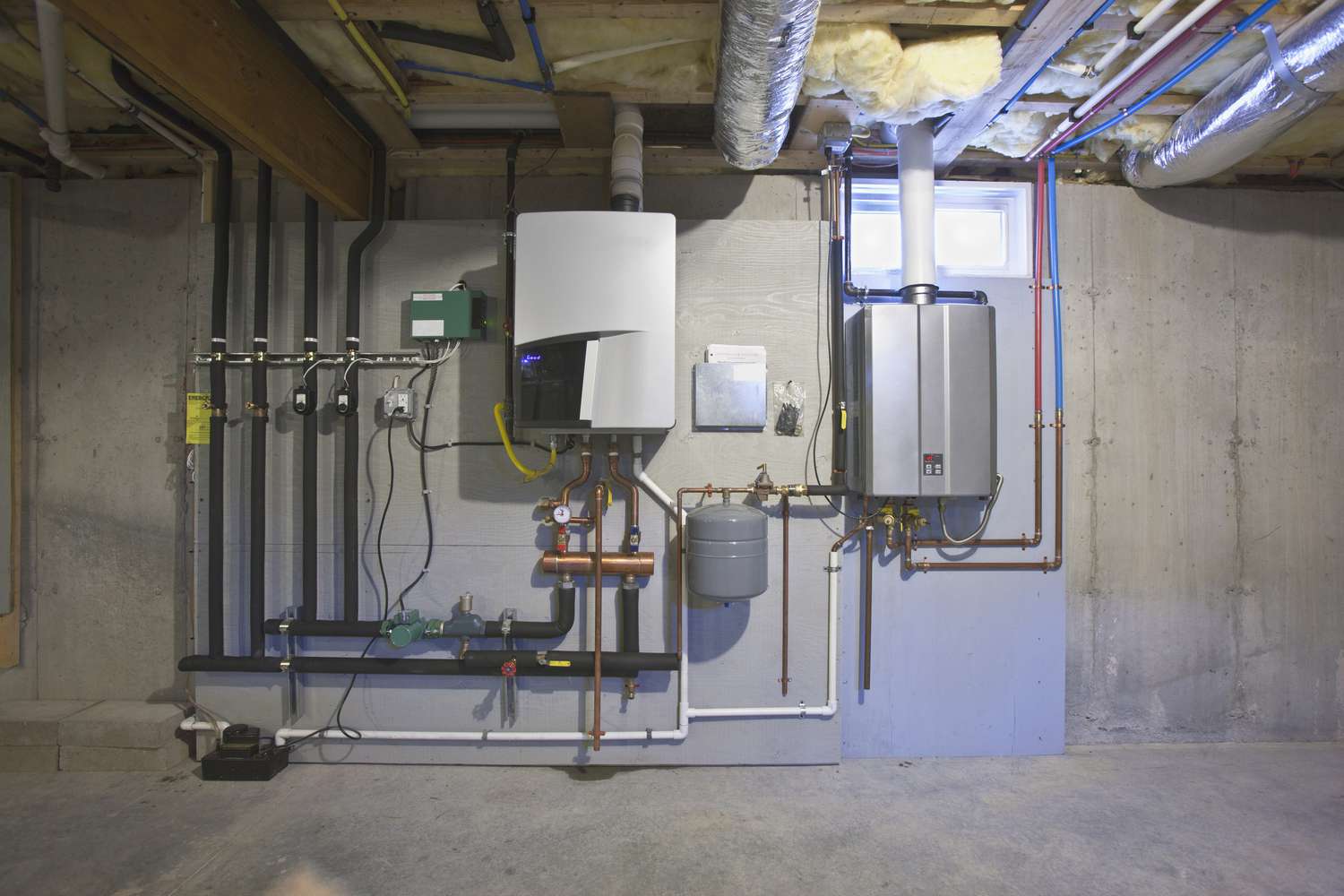
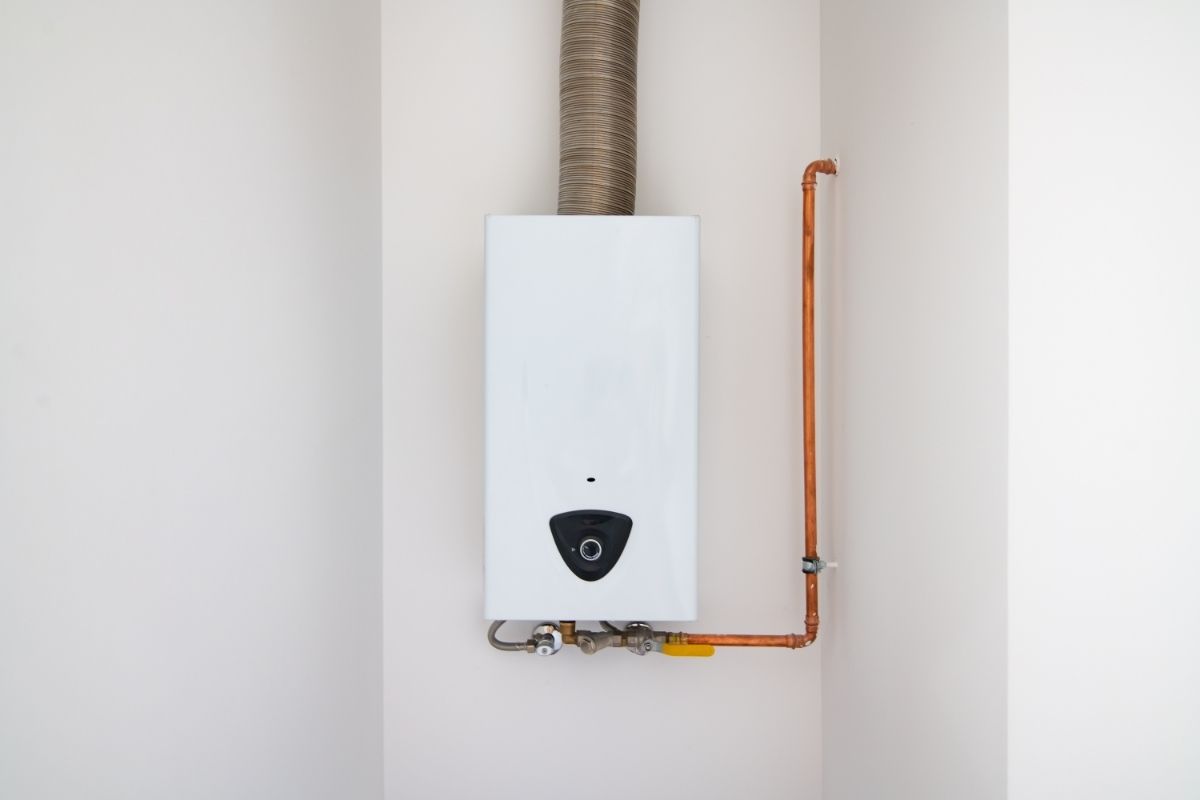
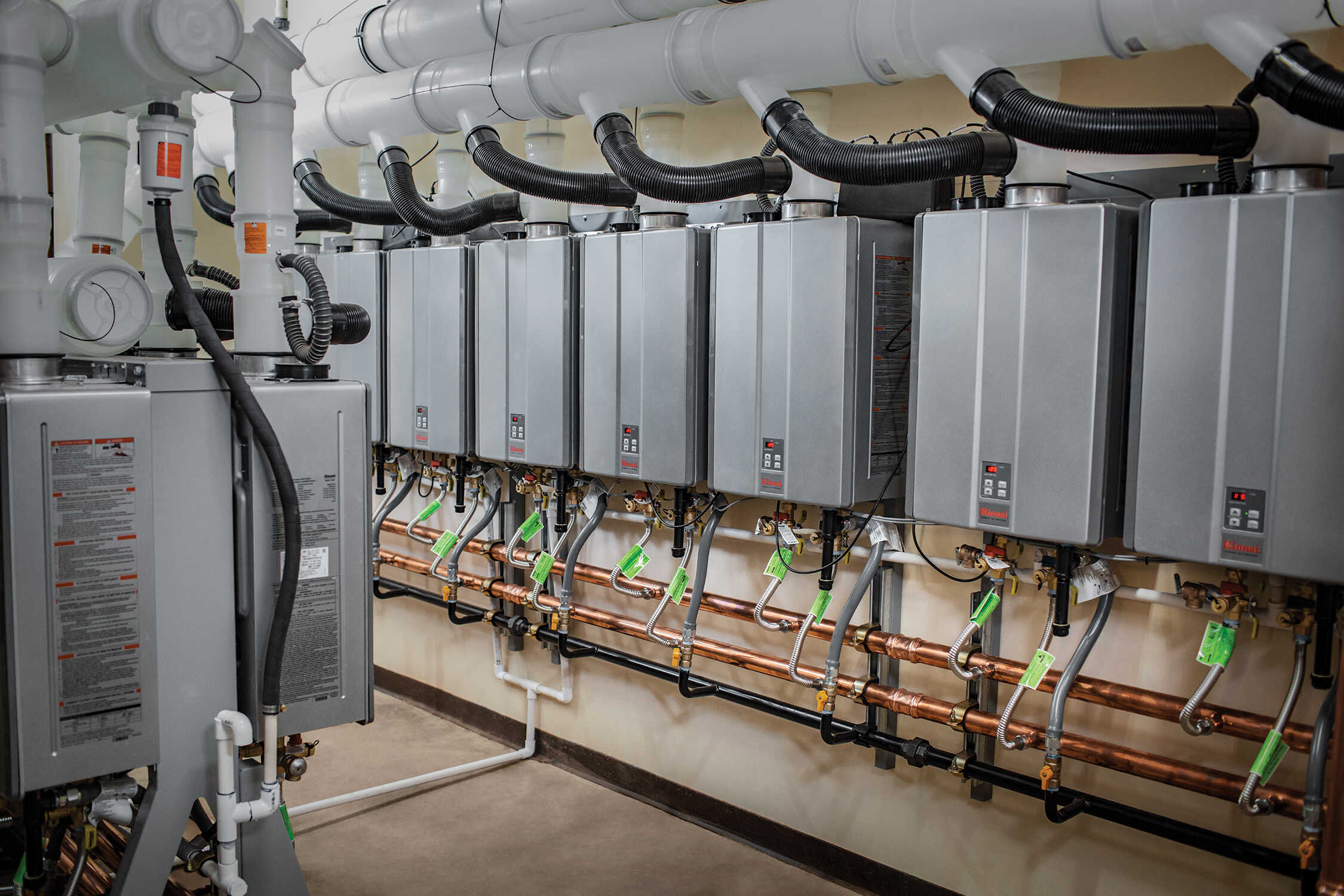
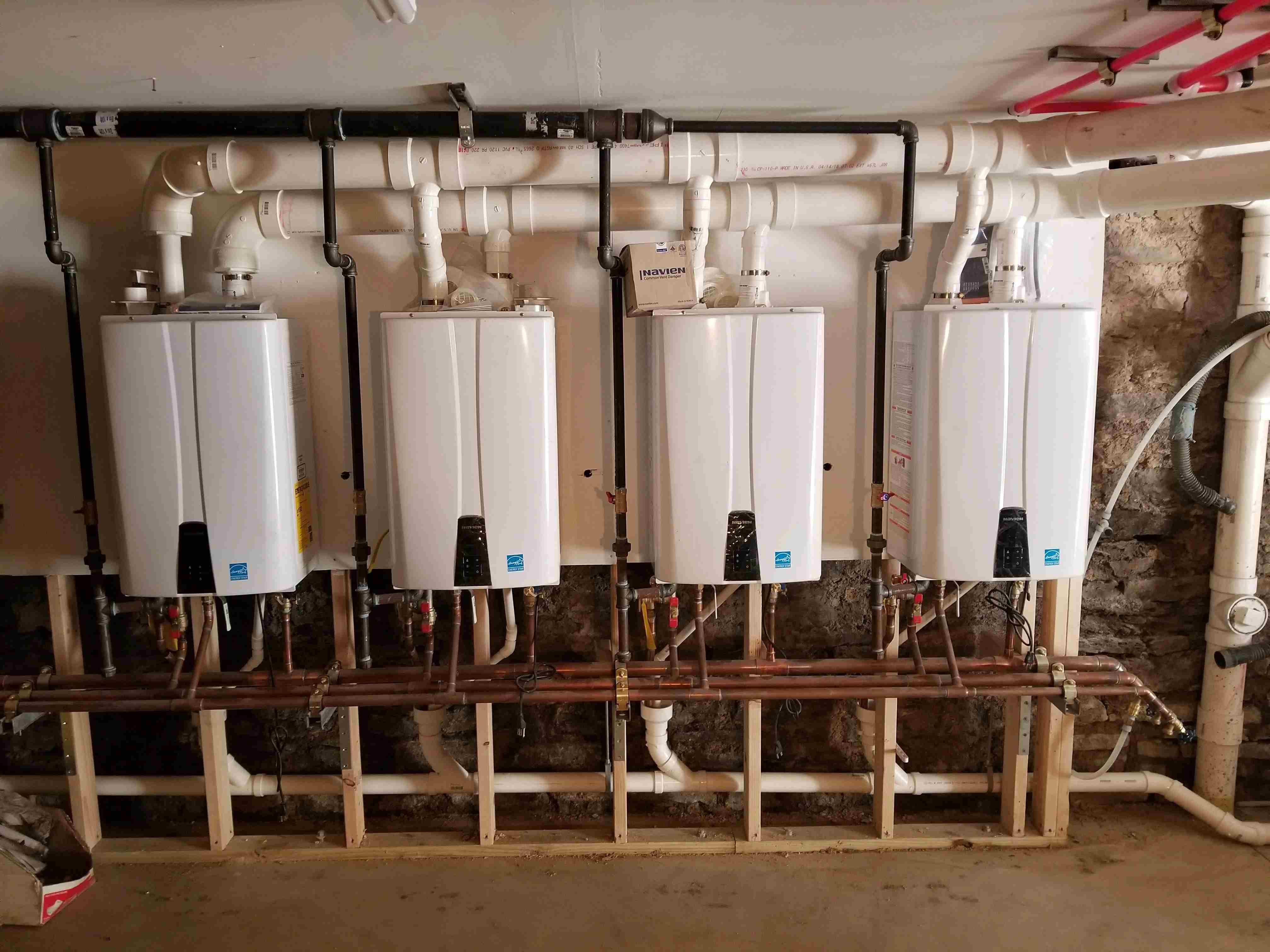
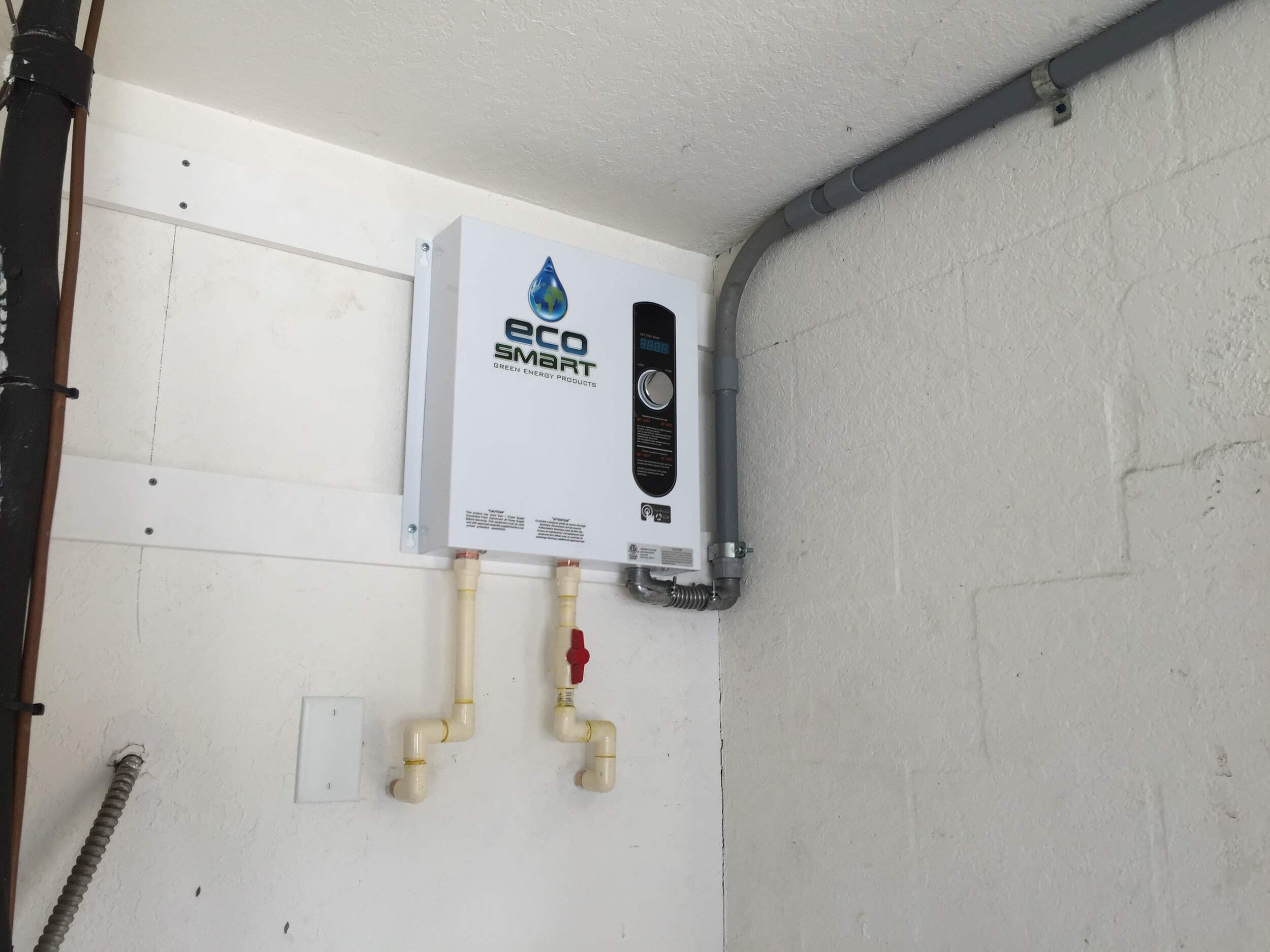
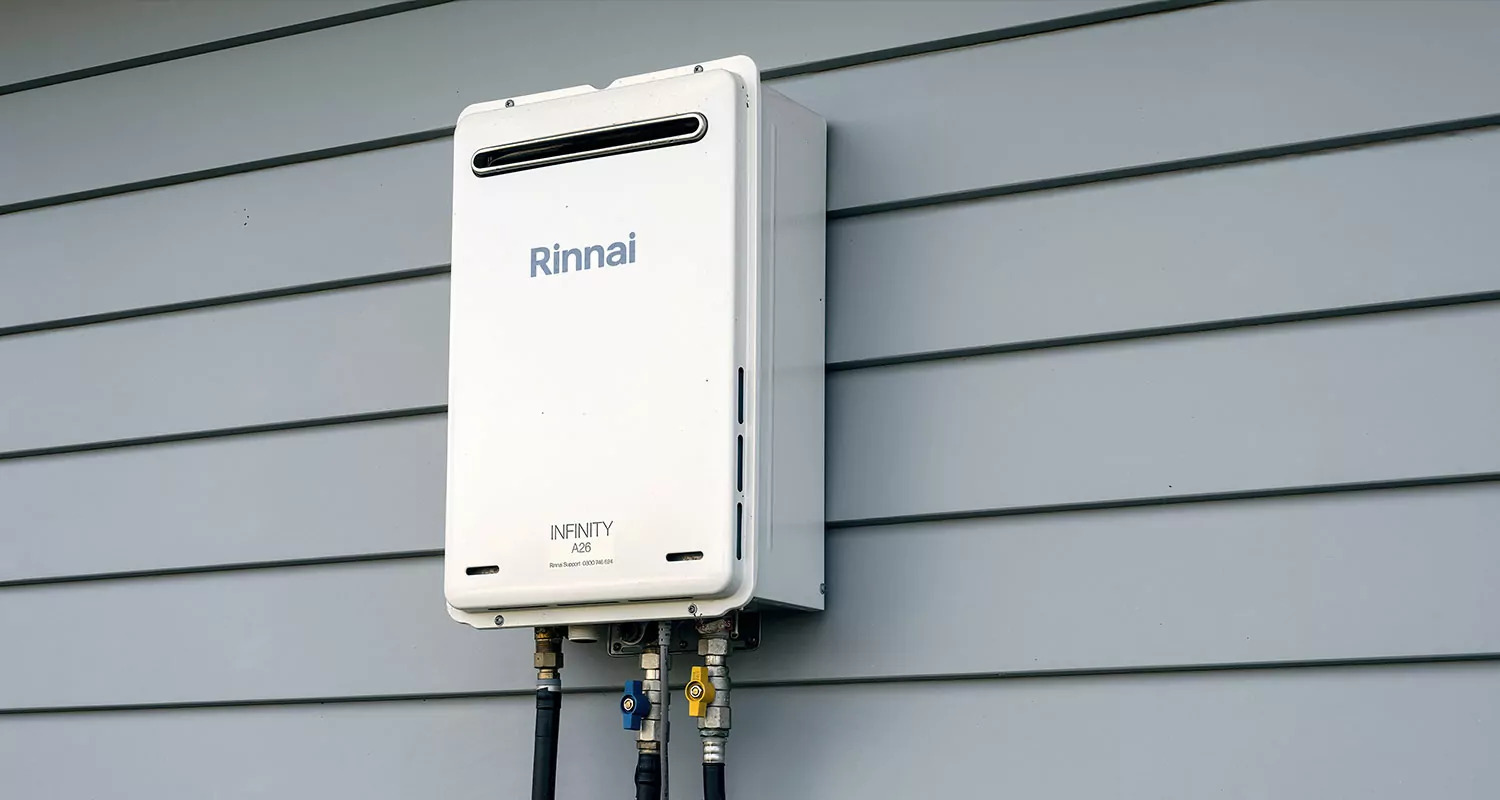
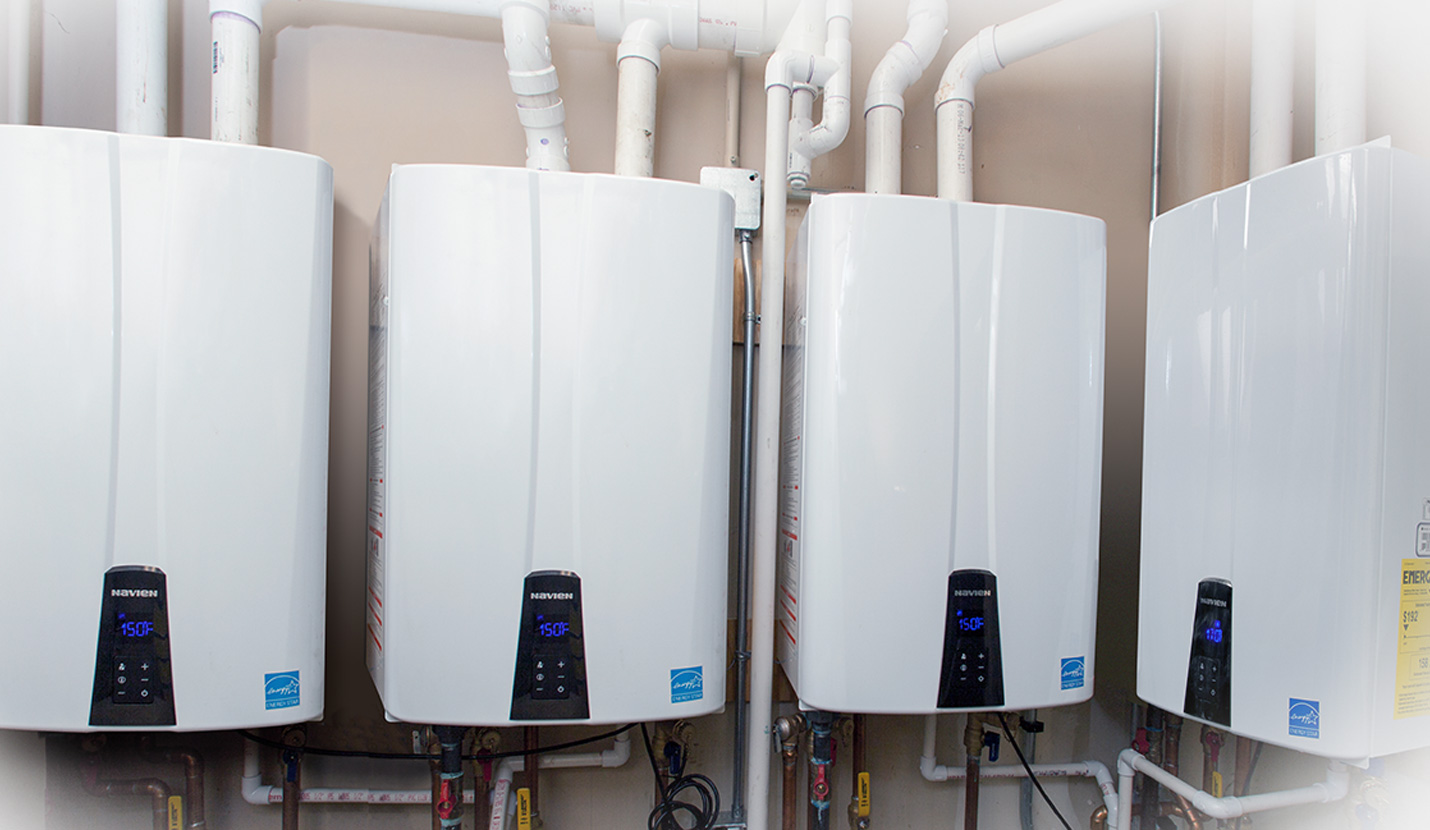
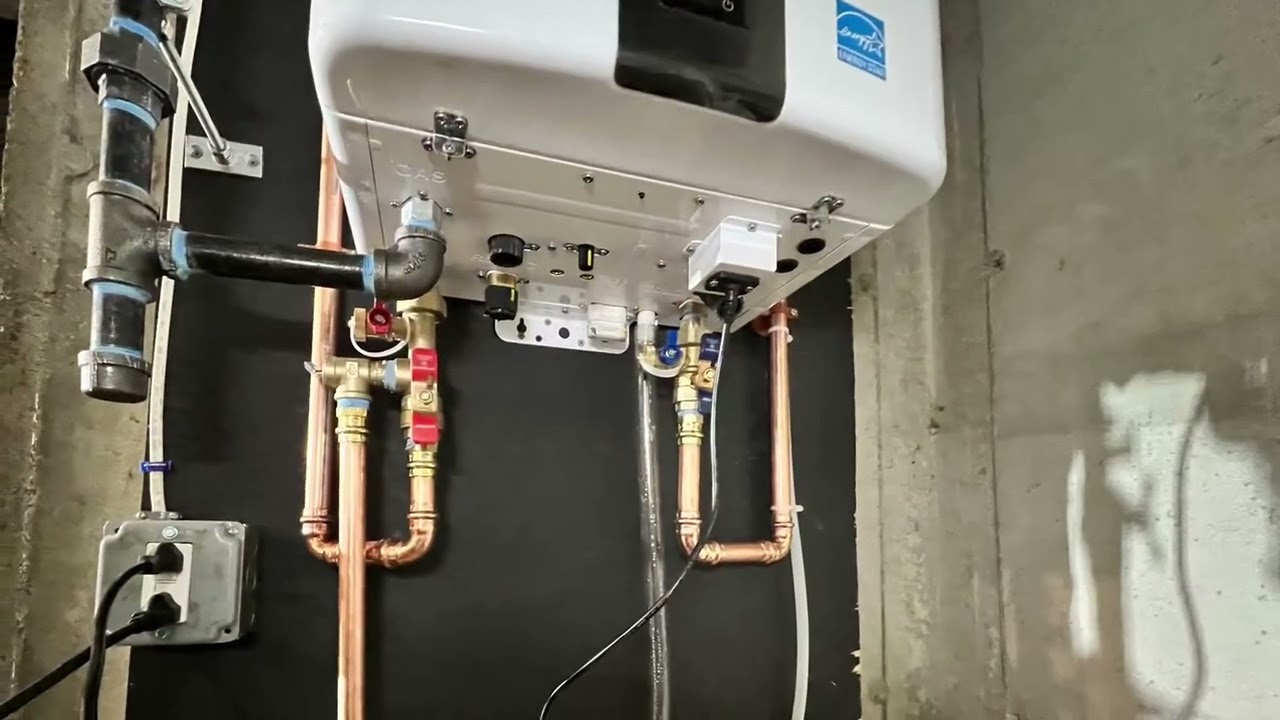
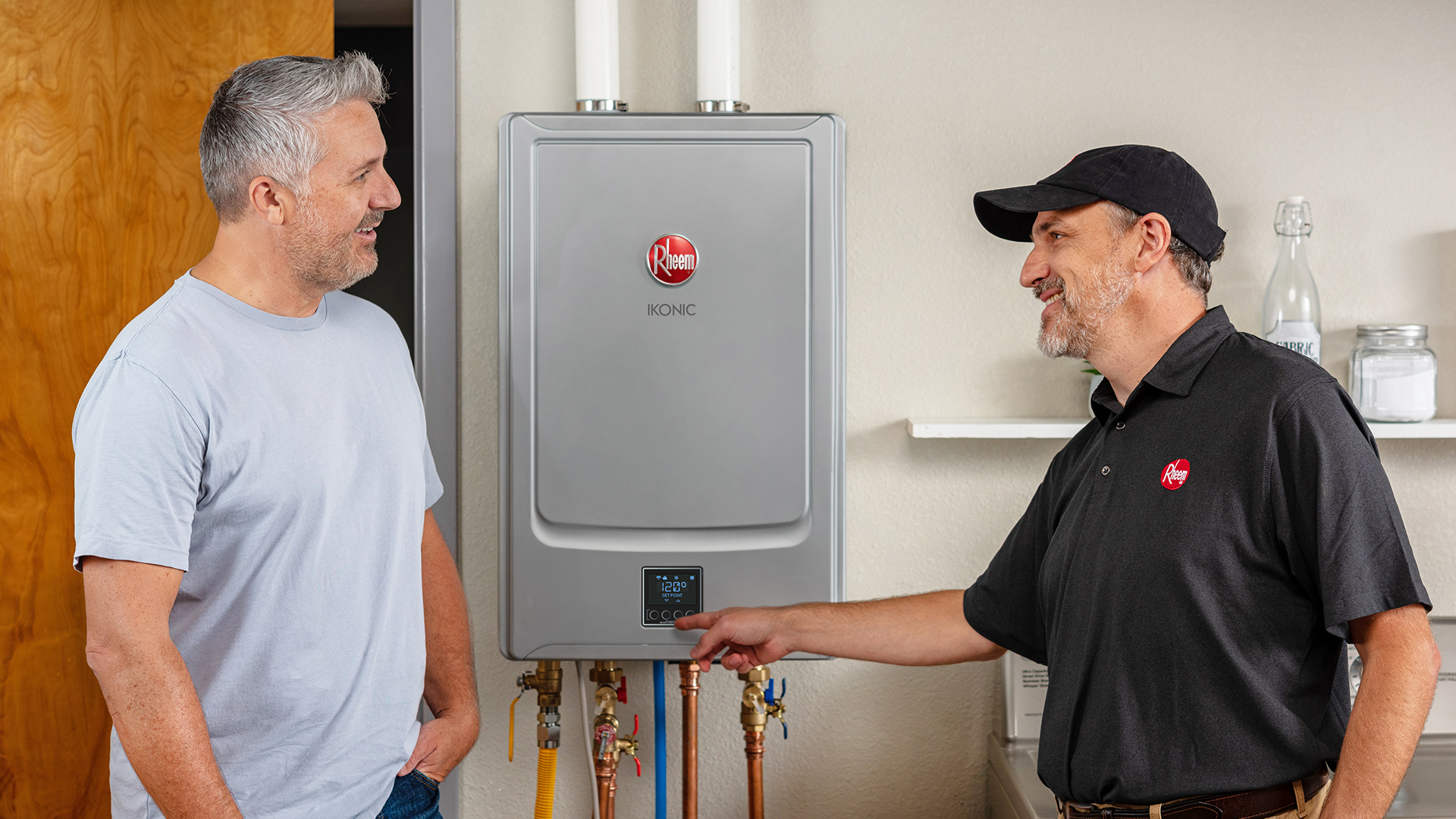
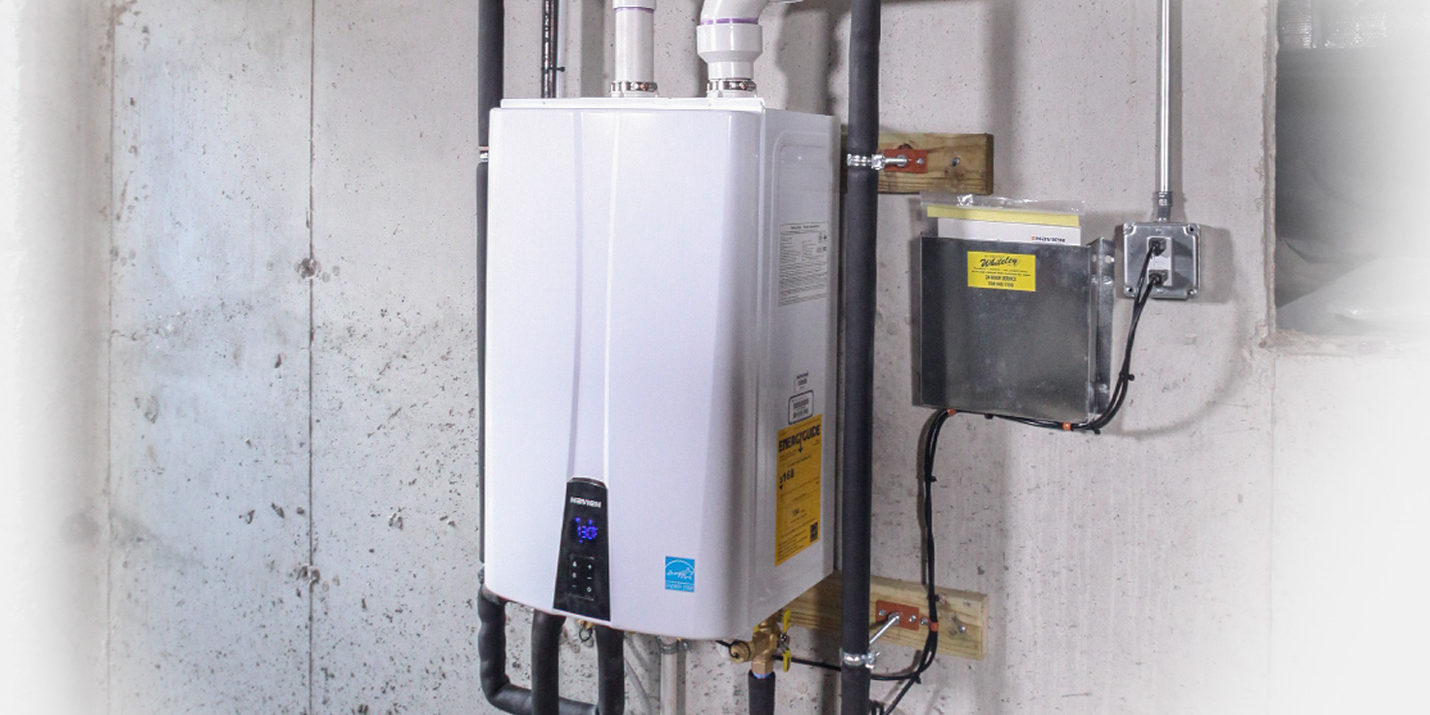
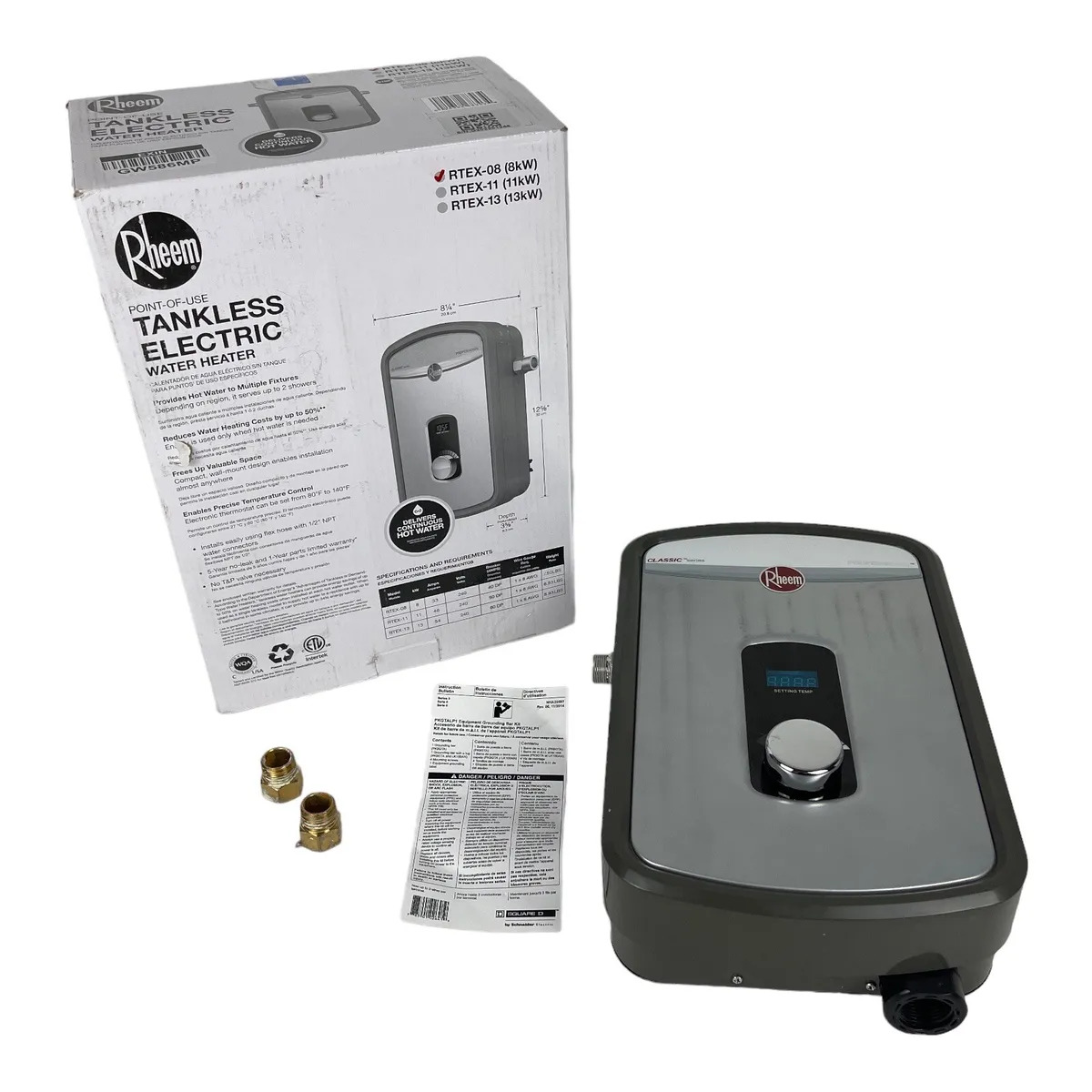
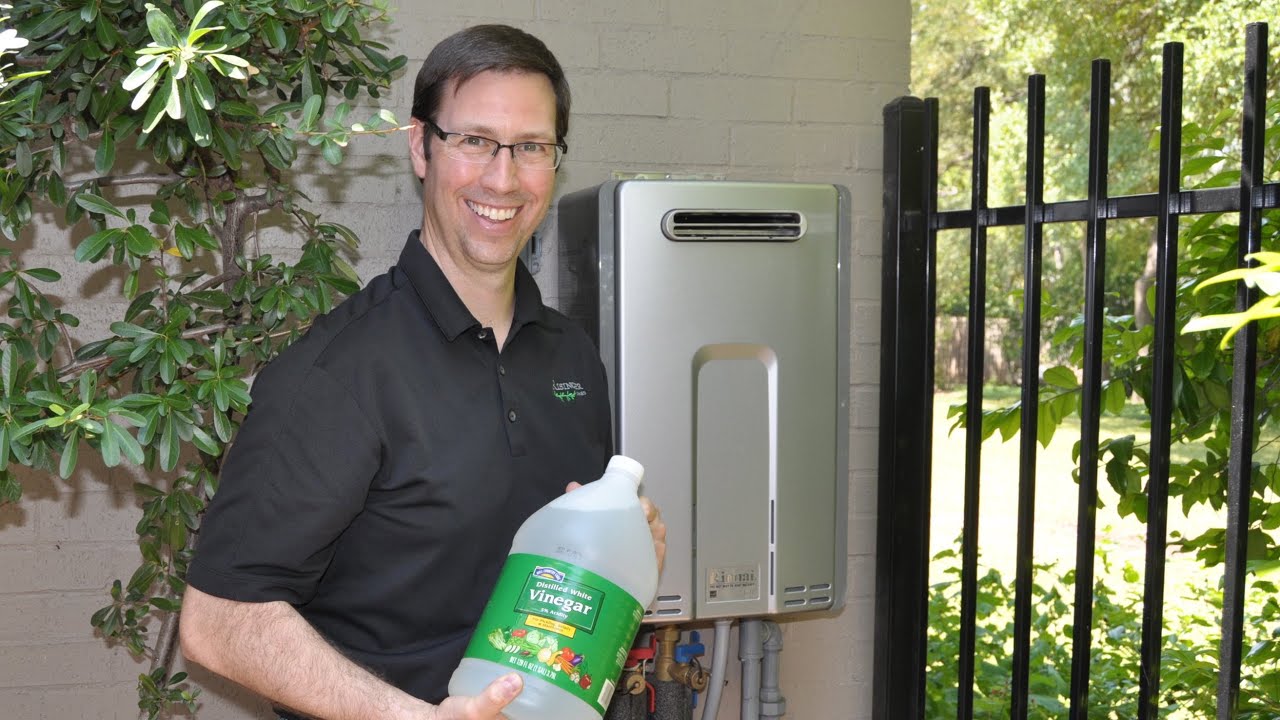
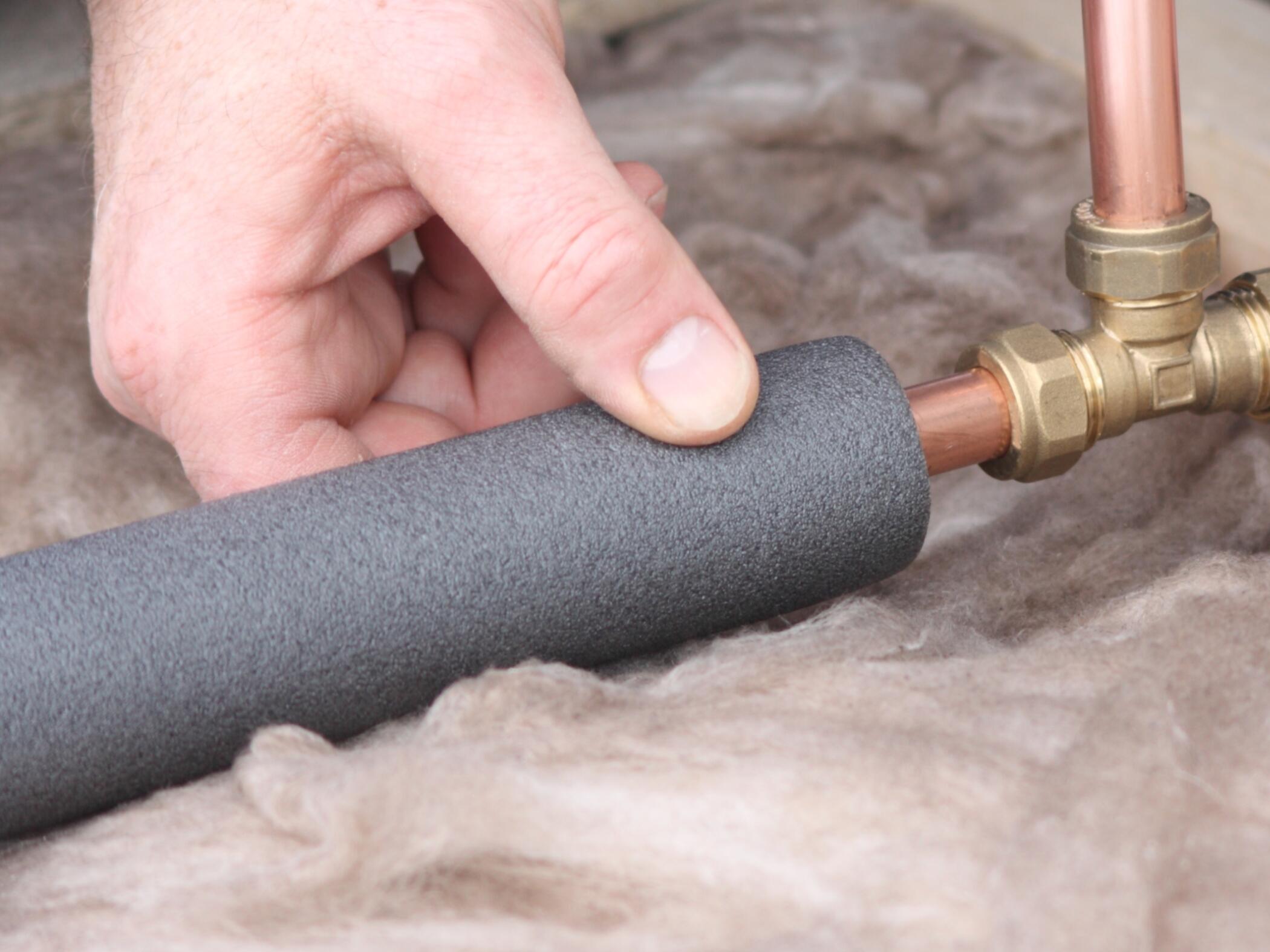
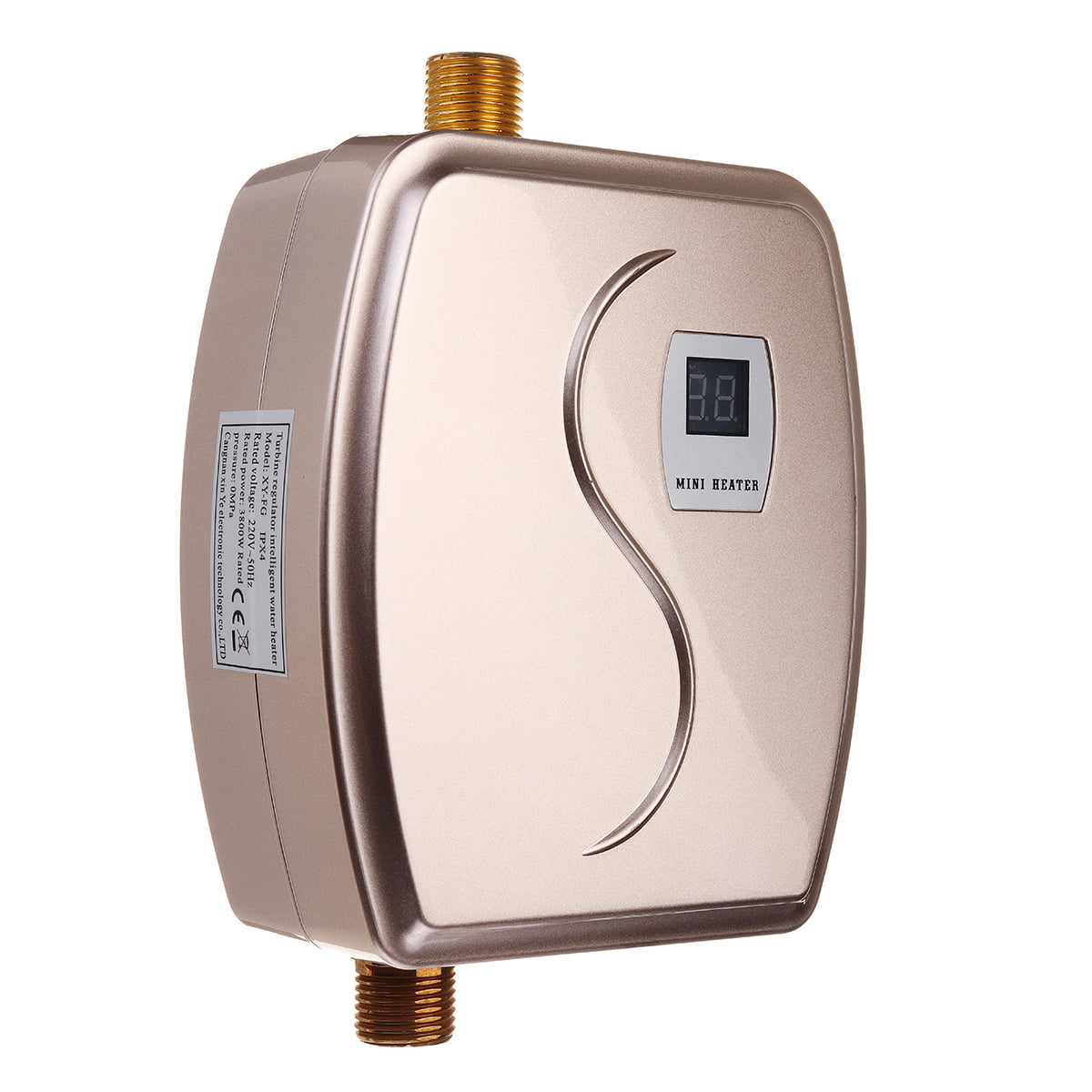

0 thoughts on “How To Insulate An Outdoor Tankless Water Heater”